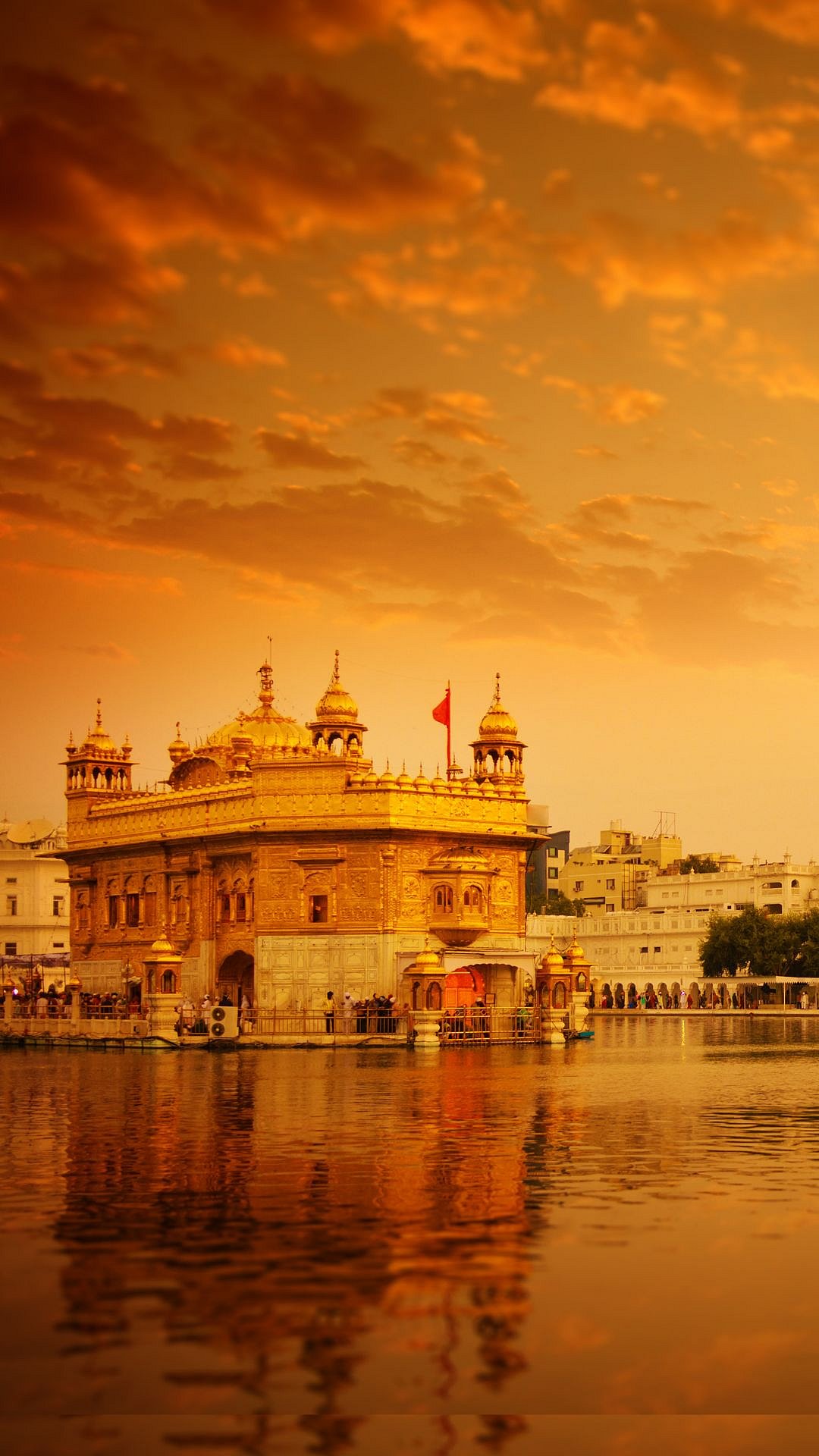Most Hindus know that the auspicious day of Dussehra is when good conquers evil. This day is celebrated in many ways all over India. One way in Maharashtra is by distributing the Aapta leaves.
Know the why
Dr Jai Madaan, a Celebrity Astrologer and Motivational Speaker, discusses the mythological part. "Kautsa, a devoted student of Guru Varantu, insisted on offering a Guru Dakshina after completing his education. Though Varantu refused, Kautsa persisted, so the Guru requested 140 million gold coins. Without the means to fulfill this, Kautsa sought help from King Raghu, a generous ruler. Though the king had just given away his wealth, he approached Indra for assistance, who in turn asked Kubera, the God of wealth. Kubera showered Raghu’s kingdom with gold coins, on the Aapta trees lining the kingdom. Kautsa collected the coins, and fulfilled his Guru’s wish. Since this shower happened on Dussehra, the tradition of exchanging Aapte leaves as a symbol of prosperity was started.”
Dr. (Hon) Anusha Srinivasan Iyer, Founder, Aham Bramhasmi, adds, “These leaves, exchanged as symbols of prosperity and well-being, embody more than a mere ritual — they are reminders of our rich cultural heritage. Known as Sonpatta, or leaves of gold, they carry the blessings of abundance and health. Beyond its mythic origins, the Aapta tree also offers nature’s healing touch, celebrated in Ayurveda for its medicinal virtues. As the Vedas remind us, Sarve Bhavantu Sukhinah, Sarve Santu Niraamayaah — May all be happy, may all be free from illness. In its simplicity lies the wealth of tradition and wellness.”
Follow the method
There are ways to pick and give these aapta leaves. Dr Madaan mentions the tradition of offering the four- leaved branchlete to the deities before giving them to your family’s elders. “Additionally, these leaves can be exchanged with friends and neighbours as a gesture of wishing them a happy Dussehra. The Aapta tree is known for its unique twin leaves, which have a rough texture. It is good to pluck these leaves from the tree and exchange them with one another, or symbolically take them from each other.”
Importance of Dussehra
The festival is a time to remember that positivity always is the winner. Ashwin Shuddha Dashmi was the day when Ram defeated and killed Ravana and therefore it is also referred to as Vijayadashami.
Dr. (Hon) Iyer speaks of the festival as the time to self-reflect and give back to nature. “The day marks the victory of Lord Rama over Ravana, symbolizing the defeat of negative forces. We can let go of our own Ravanas — anger, ego, or anything that holds us back. Dusshera is also a time for renewal and cleansing, an opportunity to let go of negativity and embrace positive energy. Burning effigies of Ravana, as part of the festivities, serves as a powerful reminder to destroy our inner demons—be it pride, anger, or jealousy.”
It is also the time when seasons change. This change serves as reminder of the life cycle. Many feel that Mother Nature is at its celebratory best this time after the rains. "It’s an opportunity to give back to the earth; a celebration of balance between humans and nature, between the spiritual and the material,” suggests Iyer.
Dr Madaan speaks about the association of Mother Nature with our festivals. “For instance, certain trees hold immense significance for Dussehra. The Ashoka tree holds a special significance during the festival of Dussehra. In Hinduism, the Ashoka tree is regarded as sacred. It is frequently mentioned in Indian epic poetry, most notably in the Ramayana, where the Ashoka Vatika is the setting for Hanuman’s first encounter with Sita.”
The Shami tree is known for its medicinal properties. In Indian tradition, the Shami tree holds great significance on Dussehra day due to its connection to the Mahabharata. After losing a dice game to the Kauravas, the Pandavas were forced into exile in the forest. Before entering the kingdom of Virat during the final year of their exile, they hid their weapons in a Shami tree. After completing their exile, they retrieved their weapons from the tree on Ashwin Shuddha Dashmi, worshipped them under the tree and went on to defeat the Kauravas after that. Since then, both Shami trees and weapons have been revered and worshipped on Dussehra.
Our festivals always have a story to tell. And most often it is about victory of good over evil. Dussehra, however, has an interesting twist in form of Kautsa. Let us come together, share the Aapta leaves and celebrate Dussehra while understanding what the festival truly stands for.











